UPDATE: We were featured in a hackaday article when we were using IR and anti stokes shift pigments https://hackaday.com/2018/06/27/improving-indoor-navigation-of-robots-with-ir/#comment-5207546
However now it should be know I have moved to UV since then as it is cheaper and more effective for general use.
UPDATE: I was invited by Stephen from Hackaday to speak about my QR code project in New York at the Maker fair. Due to Time restrictions we couldn't fit everyone in. Sad Times, but hey maybe 2020 could be better.
Successes:
2020- moved to Noodlers Blue Ghost ink and loaded into empty cartridges, this works great and it is bright and the ink is water proof so it does not smear.
Modded a ROVIO 2.0 and moved to UV only for research purposes.
Building custom in cartridges that will print in Epson Injet - Success!
Selecting and formulating Ir and UV ink mix that works in injet printer - Success!
Buiding a custom illuminator with optimized wavelength to work indoors in normal light- Success!
Reading codes on cieling with less than 3 watts power - Success!
Reading codes on cieling with less than 1 watt power- Success!
Reading codes aprox 1 inch away and 3/4 in size on the floor- Success!
Printing invisible codes on clear re-stick-able labels-Success!
Reading codes while moving with less than 10 fps- Success!
Why? Goals?
As software and technology improves the cost for individual hackers to have access to these tools is not getting any cheaper. For example Individual use for RoboRealm a popular vision and navigation application has raised from $50 per license to a staggering $500 a license. Using technologies like EZ-Builder and this invisible QR code system a individual user can train a robot to recognize individual objects, pathways, rooms, grid markers and other physical beacons. Keeping is cheap , open and accessible is the key to progress in the DIY builder / hacker community. This project required being able to make custom invisible tags. So in turn I made a large enough setup to print codes and glyphs in the invisible ink and send them to any builder or hacker who wants them for a minimal cost. this has been achieved. The next goal is to make an IR & UV illuminator/ camera board that leverages a small sbc package like raspberry pi zero for example to capture video and route it to be processed to the host computer. At this time these things can be assembled separate, as I have done, but I would like to make a tiny self contained unit for this purpose.
General project description,
This project started as an easy way to enable physical beacon point navigation into small robotics. After the initial invention I learned that most personal roboticist, toy companies and businesses may prefer not the have their office or home covered in black and white QR codes. So I set out on the voyage to make an invisible method of printing QR codes onto stickers either white or clear. These codes are invisible to the eye on what they are printed but glow brightly a purplish blue when hit with the correct wavelength of light. This is a Anti-stokes shift reaction. Where a material absorbs one wavelength that is not as far into the visible spectrum and emits electrons ( light) at a visible wavelength and favors the blue/ violet section of spectrum that cameras are much more sensitive too. Also printing the background of a QR code with the opposite Anti Stokes shift ink causes the background to show as a darker grey. So even in the absence of UV illumination the IR in the room causes the grey shift in light so the QR code can be read. IN the event it is totally dark either UV or IR will need to be used to illuminate the tag however. I am very exited the first installation of this project went perfect, and now producing the QR codes in multiple ink types with a printer modified to do so is very exciting. I plan on making a mini service avail for anyone wanting to use this type of navigation...
Read more » Josh Starnes
Josh Starnes






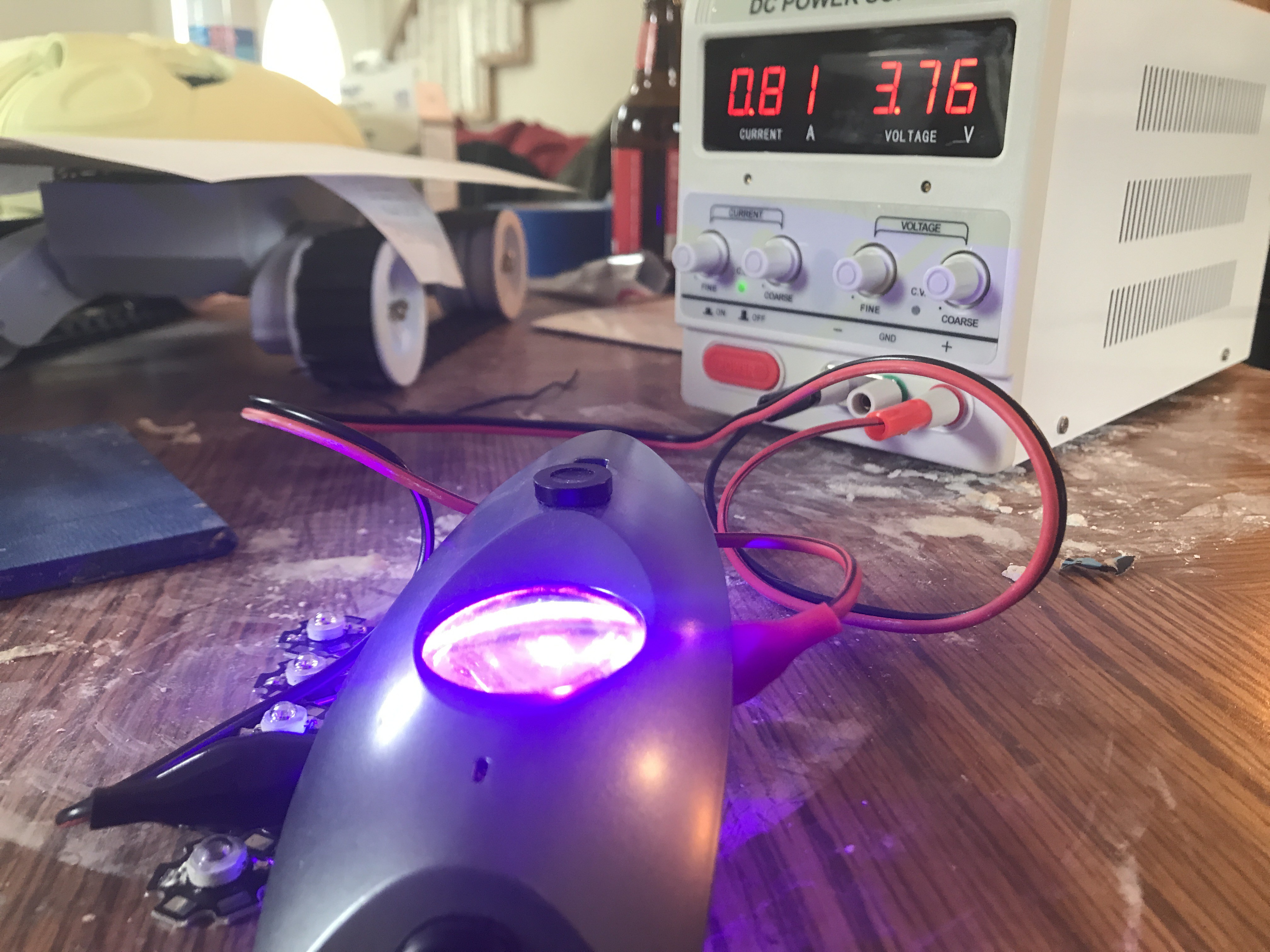
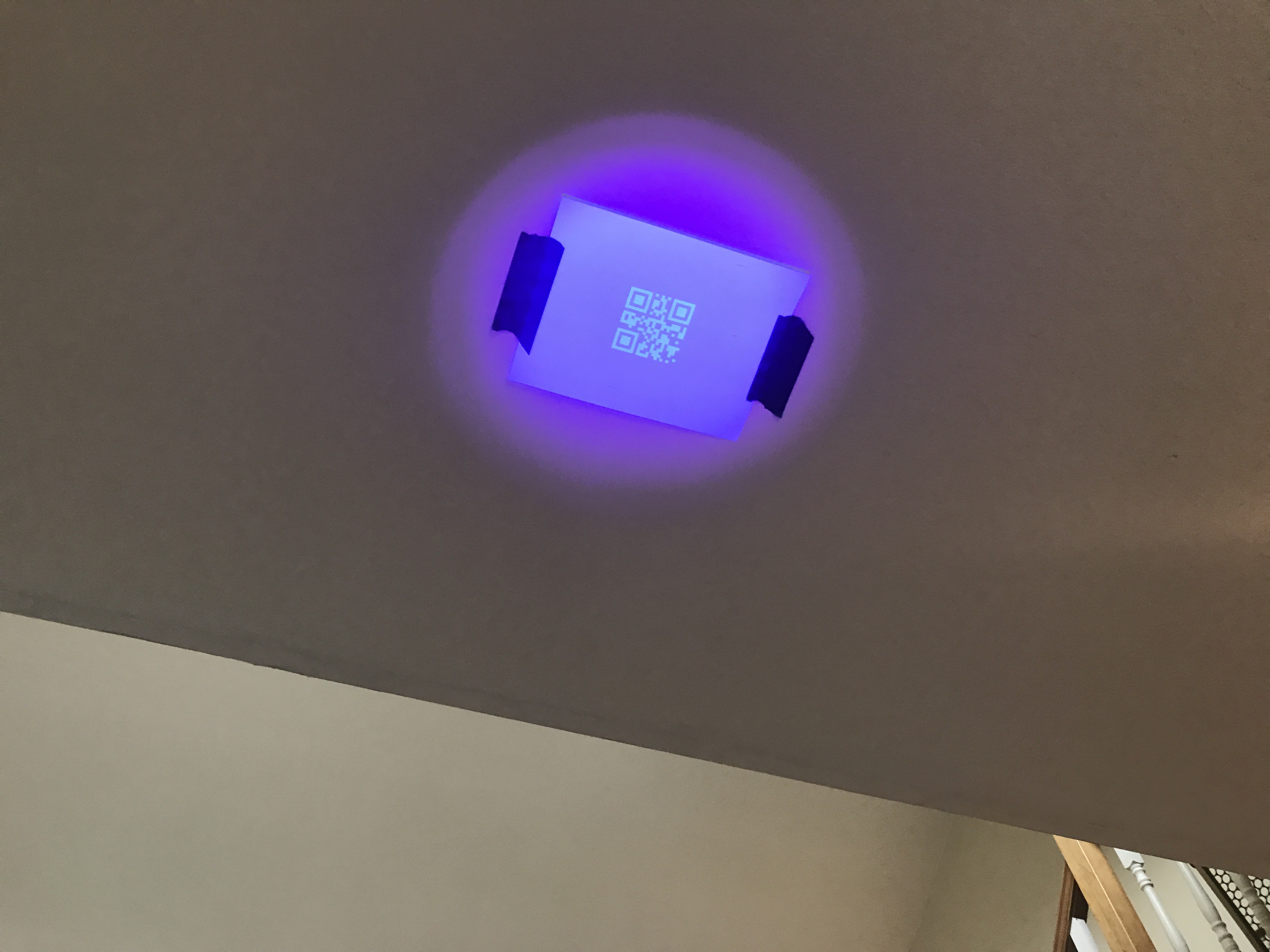
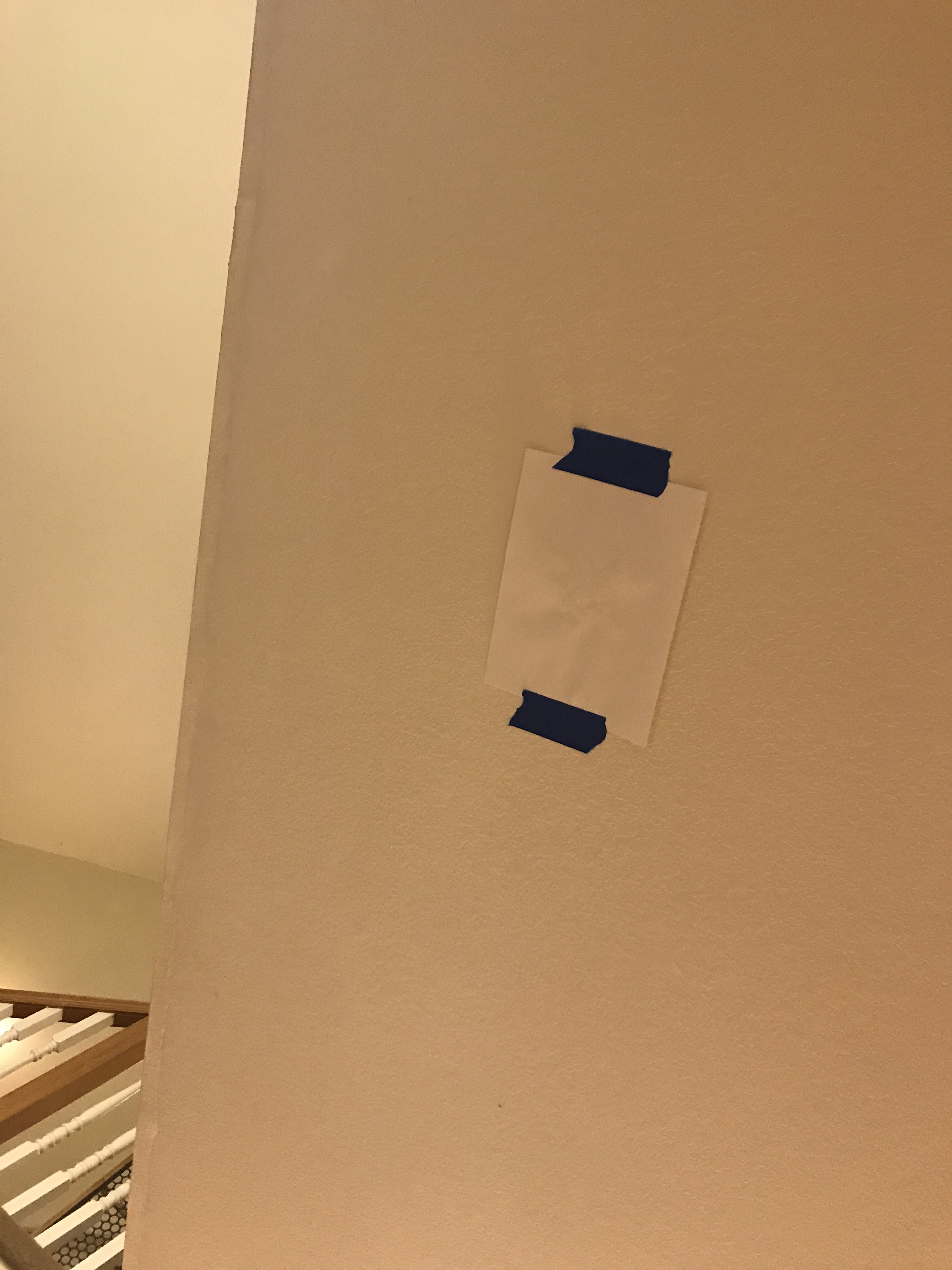





















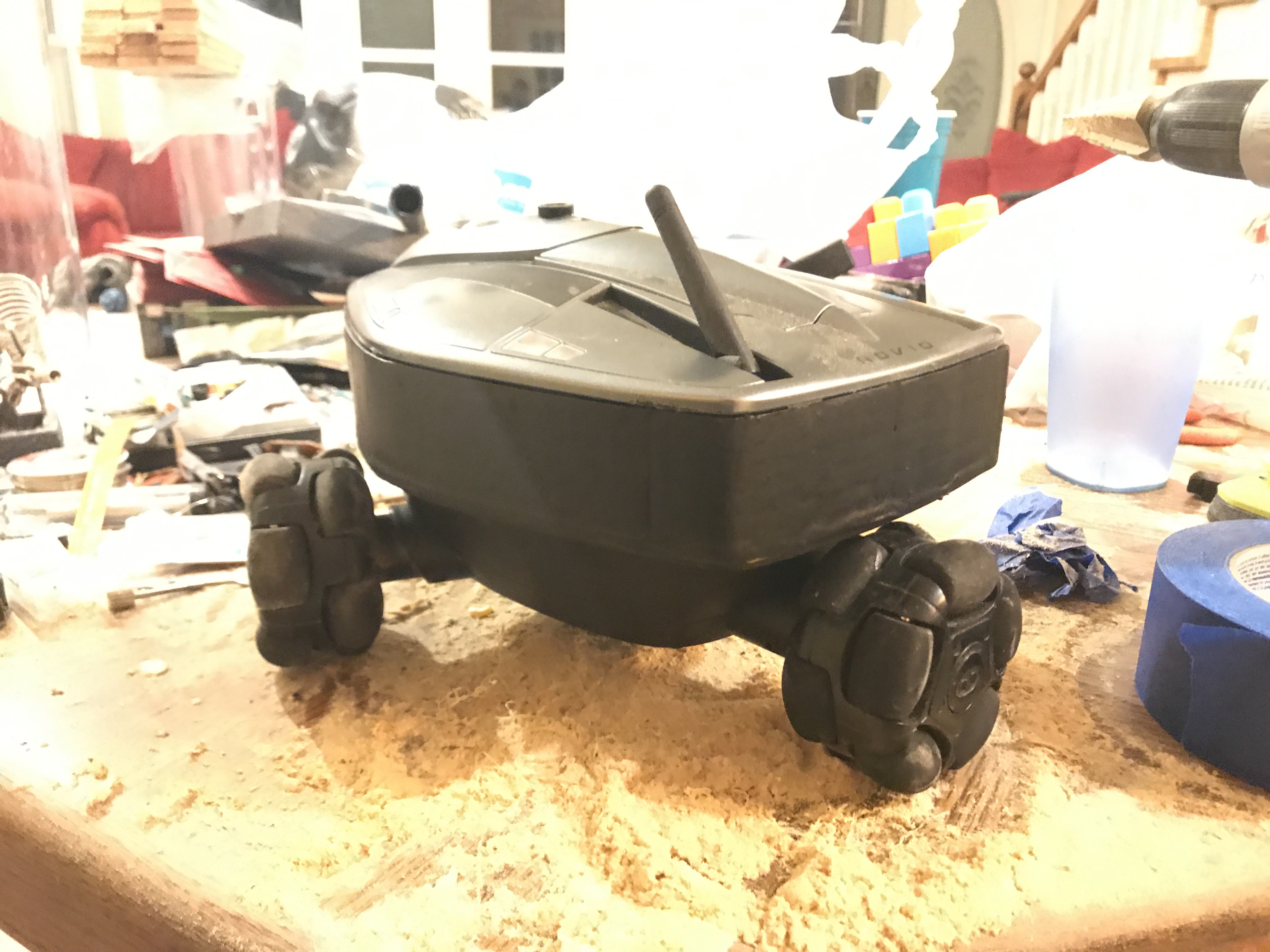















 rand3289
rand3289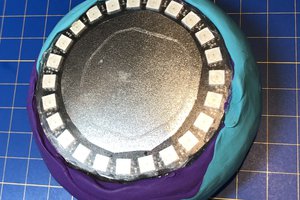
 Steamfoundry
Steamfoundry
 Jacob David C Cunningham
Jacob David C Cunningham
 Ana
Ana
Hi Josh, I happened to be looking at the LattePanda x86 earlier today. Aside from the grunt, I believe it has USB3.0 and 2 UARTs, which I could certainly use (I want to run ROS on Ubuntu). Have you used it yet? Would you recommend?